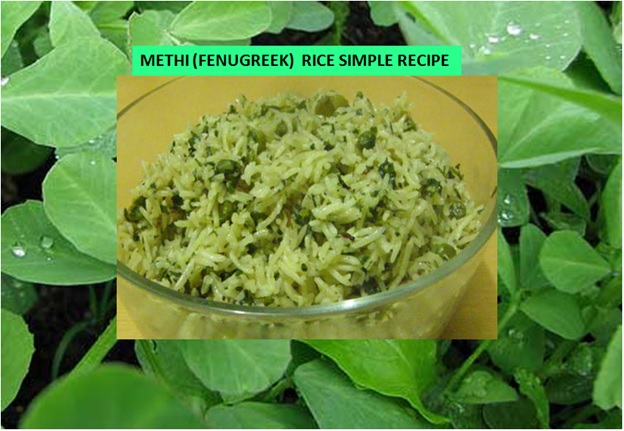Wearing beautiful flip-flops, high heels, sneakers, slip-ons, and shoes has become fashion and sometimes it is necessity. People change their shoes and slippers often and some people really enjoy wearing different foot ware every day. Most of us wants to feel a clean and healthy feet. However, there are people who are not at all concerned about the way that their foot looks or how much healthy it is.
Many times when we sit in-group, we complain about stinky odor from the shoe and socks. It can happen while a person wearing footwear or after removing, the foot wear. Maintaining feet is important not only because of appearance, but also for good health reasons. Here are some foot health care tips.
1) Change socks: To avoid bad foot odor, change your socks as often as possible. Wear clean, suitable socks for the seasons. When foot sweats, it supports growth of odor causing bacteria.
If possible and affordable change your socks daily to keep your feet fresh.
2) Scrub: Everyday make sure to give a good scrub for the feet. Scrubbing gives a soft, smooth feeling for the heels and dry areas of feet. Use facial or foot scrub for scrubbing. Best is pumice stone, which also manages massaging of the rough surface.
3) Breathing the feet: It is important to aerate the feet. Once you are home, remove the footwear and socks. Wearing the sweat socks and dirty footwear for longer hours can result in athlete feet and fungal infection. Make it a habit to wash your legs and feet. If you have a habit of wearing slipper inside house -wear cotton socks or slippers. Apply moisturizer and then wear socks. The best way to aerate legs is keeping it barefoot once you are in home.
4) Soak your feet:
A. Apple Cider Vinegar: Apple cider vinegar has many medicinal properties and keeping one can of vinegar is at home all the time is a best idea! Apple cider vinegar helps to remove the bacteria from the surfaces. Applying this, on foot and between toes removes that odor causing bacteria. Because of the acidic nature, it also controls sweat build up in feet. For half filled bucket add one cup of Apple cider vinegar and soak feet for half an hour. Repeat this two or three times a week to get rid of that odor.
B. Epsom Salt: If your foot is dry then avoid using Epsom salt. Otherwise, soak foot in epsom salt. It has Magnesium sulfate which neutralizes foot odor. Epsom salt reduces inflammation and reduced pain. Whenever you feel pain in foot, add a cup of Epsom salt to a bucket of water and soak foot in this water for half an hour.
C. Baking Soda and Tea Tree Oil : Research says that tea tree oil has anti-fungal and anti-bacterial properties. Baking soda which is a good cleaning agent (like for refrigerator) when mixed with tea tree oil has wonderful effect. Both together will act as powerful antibiotic, antiseptic agents. Also, this mix reduces inflammation. Mix baking soda and tea tree oil (1:1) and add about 1.5 tbs to a bucket or basin filled with warm water. Dissolve the mix and soak feet half an hour.
D. Potassium Permanganate: Potassium permanganate is a well-known chemical that effectively in use for killing fungi and bacteria. Add a tablespoon of potassium permanganate to 3 gallons of water. Soak feet for about 30 minutes. The longer you soak your feet, you may see change in color of toe and feet to brown. This is just color of Potassium permanganate and nothing to worry.
E. Lemon Water: Lime or lemon juice is an astringent and it acts as good odor remover or natural deodorant. The citric acid present in lemon removes the odor by eliminating the bacteria (temporarily).
Additional tips for foot care
1) Moisturizing the feet: During winter and dry months, it is important to moisturize the feet and legs few times a day. Apply basic cream or lotions or any branded creams like Nevea, Aloe-vera based cream, Neutrogena moisturize several times a day. Make sure you are not allergic to any of lotions or cream.
2) Cut toenails carefully: With age toe nails becomes hard. Make it a habit to cut and trim the toenails as regularly as possible. Use good nail cutters /clippers.
3) Shoe shopping: It is always better to shop for shoes during afternoon hours. During afternoon hours feet swell, shoes fits in, and makes it comfortable for the legs to walk around.
4) Wearing high heels or sandals: If you are a fan of high heels or pointed shoes -do not wear them on everyday basis. Do not wear high heels if you walk on wavy roads, hills or during hiking. One should not wear sandals for running or hiking either. Always keep a pair of flat shoe at your work to get relief from high heels.
For diabetic patients: American Diabetes Association gives following tips to take care of their feet- There are many things you can do to keep your feet healthy.
Take care of your diabetes. Work with your health care team to keep your blood glucose in your target range.
Check your feet every day. Look at your bare feet for red spots, cuts, swelling, and blisters. If you cannot see the bottoms of your feet, use a mirror or ask someone for help.
Be more active. Plan your physical activity program with your health team.
Ask your doctor about Medicare coverage for special shoes.
Wash your feet every day. Dry them carefully, especially between the toes.
Keep your skin soft and smooth. Rub a thin coat of skin lotion over the tops and bottoms of your feet, but not between your toes. Read more about skin care.
If you can see and reach your toenails, trim them when needed. Trim your toenails straight across and file the edges with an emery board or nail file.
Wear shoes and socks at all times. Never walk barefoot. Wear comfortable shoes that fit well and protect your feet. Check inside your shoes before wearing them. Make sure the lining is smooth and there are no objects inside.
Protect your feet from hot and cold. Wear shoes at the beach or on hot pavement. Do not put your feet into hot water. Test water before putting your feet in it just as you would before bathing a baby. Never use hot water bottles, heating pads, or electric blankets. You can burn your feet without realizing it.
Keep the blood flowing to your feet. Put your feet up when sitting. Wiggle your toes and move your ankles up and down for 5 minutes, two (2) or three (3) times a day. Do not cross your legs for long periods.
Get started now. Begin taking good care of your feet today. Set a time every day to check your feet.
For more reading:
http://www.beautyandtips.com/
http://www.diabetes.org
http://www.everydayhealth.com/
Image: Indian bridal jewelry









